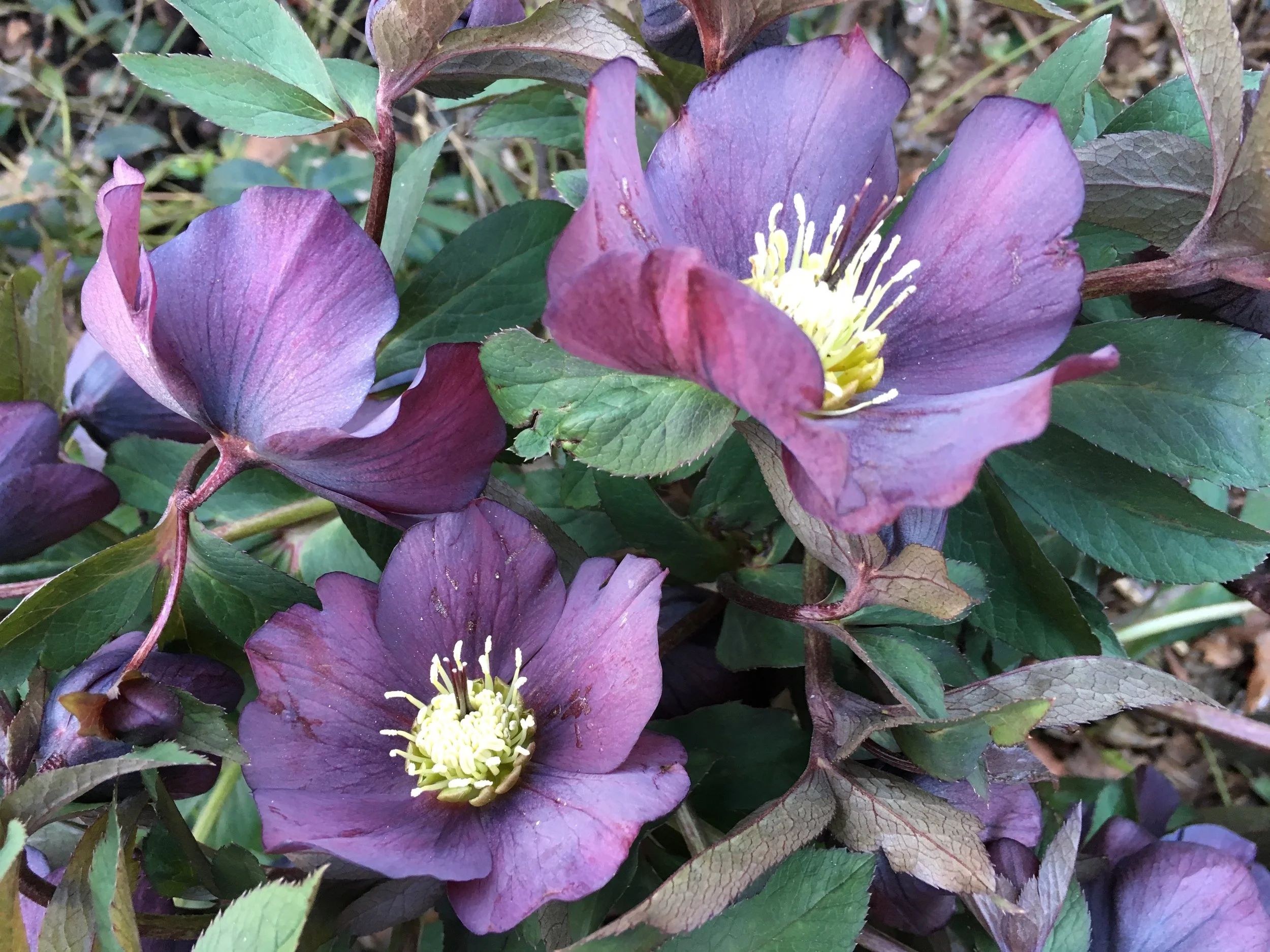We often think that when we have messed up or have made a mistake (again), and tell someone, we think what we want is reassurance. “Oh, it's OK” or “I’m sure it wasn't that bad” or “I’ll bet no one even noticed.” Something to take the sting, or embarrassment or shame out of that experience. Something to make that bad feeling go away.
But I found that there is a different response that is actually bigger than reassurance, and it’s even bigger than making that bad feeling go away.
Many years ago, I offered to make dinner for what turned out to be a dinner party at a friend's house. I had wanted to make a favorite beef short rib recipe I really loved. I’d made it once before, it’s kind of an all weekend affair, but on this particular occasion I was pressed for time so rather than make it the day ahead which is what’s recommended so that you can chill it and remove the fat, I made it the same day, taking it out of the oven before I left. I tried to skim the fat off the top but couldn't because the sauce was so thick with short ribs and when I got to my friend's house and heated it up there a slick pool of fat in the sauce. Panicked and embarrassed I considered my options and decided it would be too messy in someone else’s kitchen to try and drain the fat, and so I decided to take a spoon and stir the fat into the sauce to disguise it. At first it seemed to work, but as the sauce was passed around the table it began to separate again. The sauce did taste good, but it was very greasy, and made the meal heavy and rich. I left disappointed in a meal I had worked hard on, embarrassed by the sauce, and disoriented by my panic and wish to hide the problem.
Later that week I told this story to my therapist somewhat expecting some version of the expected reassurances. But she didn’t do that. Instead, she said:
This is what you do.
I looked at her puzzled.
She said when you run into something that you are embarrassed about you don't ask for help, you try to fix it yourself, and most often you try to hide it. This is what you do.
I sat and blinked and was kind of surprised that rather than feeling caught for doing something wrong, or disappointed that she wasn't taking my side in the typical feel-good fashion, I noticed that what I felt was relaxed. I felt grounded. I felt seen.
She wasn't the least bit accusatory. There was no drama. No lectures. No hint of disappointment or ‘shoulds.’ She was matter-of-fact. She was non-judgmental.
This is what you do.
I once had a tree fall in a storm, clipping the back corner of my house. When the insurance adjuster came to survey the damage, we stood outside the house and he pointed to the things that had broken as a result of the fallen tree, and what would need to be replaced. He was equally matter-of-fact. This is the current state of your roof. This is what needs to get repaired. We both stood there in the bright sunshine staring at the roof.
And in much the same way, my therapist and I stood staring, objectively, at my typical response to making a mistake by avoiding help, and attempting to hide the problem. We could have been looking at the roof, but instead, we were looking at my behavior.
Being able to stop and acknowledge it-- and having somebody else acknowledge it, allowed me to stop and breathe and kind of look around.
This is what you do is the stance of acceptance. It is the stance of having flaws and being loved anyway. This stance stops you from talking about what you wished you did, or what you wished you hadn’t done. It helps you sit still and look at what you do so you can start to ask yourself some questions:
Is this what I want to do? What do I want to be able to do? What would it take for me not to do the old thing? What are my options? What would it take for me to do something else?
A lot of my work in the world involves helping people and teams with behavior change. And by far the hardest element of behavior change is cultivating a non-judgmental stance which allows you to see the behavior you want to change clearly and allows you to hold it (and yourself) with kindness and acceptance so that you can sit with it long enough to sort out a solution. So, whether you are working to support your own growth, or the growth of others as a parent, a leader, or a therapist—see if you can’t play with the idea of ‘this is what you do.’
Many years later now I can catch myself in the act of my thoughts or actions and say to myself: this is what you do. I find that the magic of ‘this is what you do’ is that it shines the light on the actual path instead of getting lost in the feeling of embarrassment or the wish of that something hadn't gone wrong. This is what you do is spiritual practice of acceptance and love.
© 2024 Gretchen L. Schmelzer, PhD
If you want the short rib recipe it’s here, and I do recommend making it a day ahead :)




